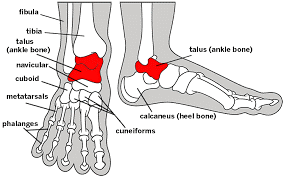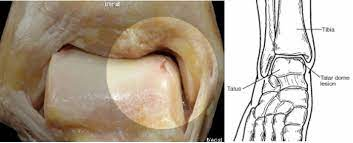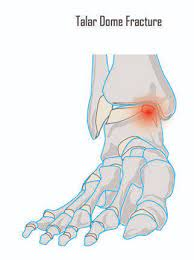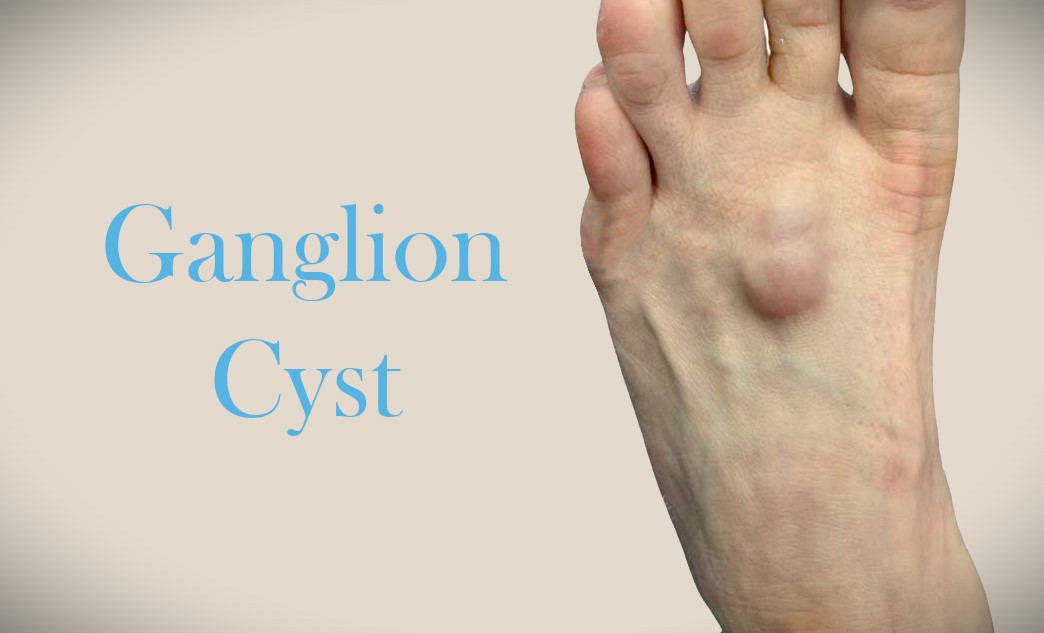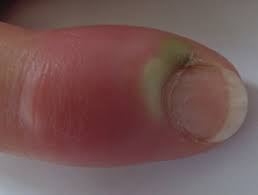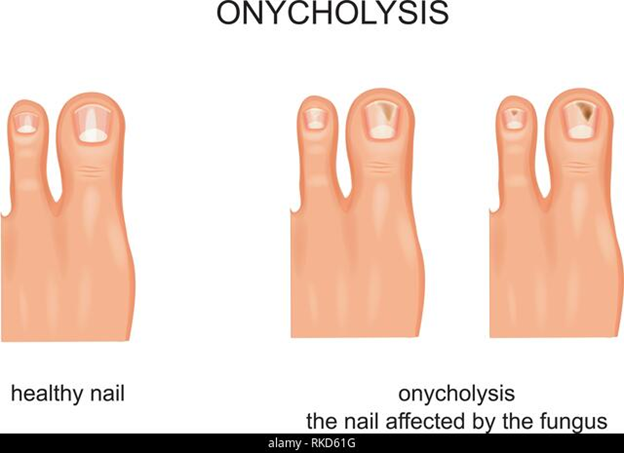Treating Talar Dome Injuries: Strategies for Success
Talar dome injuries, the ankle’s hidden troublemakers, have long puzzled podiatry experts. Nestled within the ankle joint’s intricate design, these delicate structures bear the weight of our every step. But when fate strikes with trauma or excessive forces, they can unleash a world of pain, restricted mobility, and baffling complications.
Talar Dome Injury: What is it and why does it occur?
A talar dome injury refers to damage or injury to the cartilage and underlying bone in the talus, which is a bone in the ankle joint.
These injuries typically occur as a result of trauma, such as an ankle sprain or a direct blow to the ankle. The impact or twisting force can cause the cartilage and bone in the talar dome to become damaged, leading to pain, swelling, and difficulty walking.
It is important to seek medical attention if you suspect a talar dome injury to prevent further complications and ensure proper treatment.
Common symptoms of talar dome injury
The symptoms of a talar dome injury may vary, but common signs include pain, swelling, and tenderness in the ankle joint.
You may also experience difficulty bearing weight on the affected foot and notice a decreased range of motion. The pain is often localised to the front or side of the ankle joint and can worsen with activity or weight-bearing.
It is important to consult a podiatrist for an accurate diagnosis and appropriate treatment if you experience these symptoms.
How do I know if I have a talar dome injury?
To diagnose talar dome injuries, a podiatrist will conduct a thorough evaluation that includes a detailed medical history and physical examination. Diagnostic tests such as X-rays, magnetic resonance imaging (MRI), or computed tomography (CT) scans may be ordered to assess the extent of the injury and identify any associated fractures or soft tissue damage.
These tests provide valuable information for developing an effective treatment plan tailored to your specific condition.
Can I leave my talar dome injury alone and let it heal itself?
Talar dome injuries often require medical intervention and rarely heal on their own due to limited blood supply to the cartilage.
Without proper treatment, the injury may worsen over time, leading to chronic pain, joint instability, and potential long-term complications. Therefore, it is crucial to seek timely medical attention if you suspect a talar dome injury.
A podiatrist can evaluate the injury, provide an accurate diagnosis, and recommend appropriate treatment options to promote healing and prevent further damage.
How do I treat my talar dome injury?
Conservative treatment options are often the initial approach for managing talar dome injuries. These can include immobilising the ankle joint with a cast, walking boot, or brace to reduce weight-bearing and allow for healing.
Nonsteroidal anti-inflammatory drugs (NSAIDs) may be prescribed to alleviate pain and reduce inflammation. Physical therapy may also be recommended to strengthen the surrounding muscles, improve range of motion, and enhance overall foot and ankle function.
The specific treatment plan will be tailored to your individual needs and the severity of the injury. It is important to closely follow the recommendations of your podiatrist to optimise recovery and prevent complications.
Do I need surgery for talar dome injuries?
Surgery for talar dome injuries is typically considered when conservative treatments fail to provide relief or in cases where the injury is severe. Surgical intervention aims to repair or restore the damaged cartilage and bone in the talar dome.
The specific surgical procedure will depend on the extent and location of the injury. Arthroscopy, a minimally invasive technique, is often employed to visualise and treat the injury using small incisions and specialised instruments. During the surgery, the podiatrist may remove loose fragments, smooth damaged surfaces, or perform a cartilage graft to promote healing.
The decision to undergo surgery will be made in consultation with your podiatrist based on your individual condition and treatment goals.
Recovery after talar dome injury surgery
The recovery process following surgical treatment for talar dome injuries can vary depending on the extent of the procedure and individual healing factors.
After surgery, you will likely need to use crutches or a walking boot to keep weight off the affected foot and promote proper healing. Your podiatrist will provide specific post-operative instructions, including wound care, pain management, and a gradual rehabilitation program.
Physical therapy may be recommended to help restore strength, flexibility, and mobility in the ankle joint. The duration of the recovery period can range from several weeks to several months, and it is important to follow your podiatrist’s guidance and attend follow-up appointments to monitor your progress.
What are the risks after talar dome surgery?
While complications following surgical treatment for talar dome injuries are rare, as with any surgery, there are potential risks. These can include infection, bleeding, blood clots, nerve damage, or an adverse reaction to anesthesia.
It is crucial to closely follow the post-operative instructions provided by your podiatrist, including taking prescribed medications as directed and attending scheduled follow-up visits. Long-term complications following successful surgical treatment for talar dome injuries are uncommon.
However, it is important to adhere to recommended lifestyle modifications, such as maintaining a healthy weight, wearing appropriate footwear, and engaging in regular exercise, to minimise the risk of future injuries or joint degeneration.
Prevention is key: Protect your talar dome from injuries
Preventing talar dome injuries involves taking proactive measures to reduce the risk of ankle trauma. This includes wearing appropriate footwear that provides proper support and cushioning for the feet and ankles, especially during physical activities or sports.
It is also essential to maintain strength and flexibility in the lower limbs through regular exercise and stretching routines. Avoiding activities that put excessive stress on the ankle joint or using protective braces or supports when participating in high-impact sports can also help prevent injuries.
If you have concerns about foot and ankle health or want to learn more about injury prevention strategies, it is advisable to consult with a knowledgeable podiatrist at Hurst Podiatry who can provide expert guidance and personalized recommendations based on your specific needs and lifestyle.
The Takeaway
Talar dome injuries can be a complex and challenging condition that requires specialised care. At Hurst Podiatry, our experienced team of podiatrists is dedicated to providing comprehensive and personalised treatment for talar dome injuries. From accurate diagnosis to individualised treatment plans, we prioritise your well-being and aim to restore your foot and ankle function.
We understand the impact that talar dome injuries can have on your daily life, and our goal is to help you regain mobility, reduce pain, and improve your overall quality of life. If you are experiencing symptoms of a talar dome injury or have concerns about your foot and ankle health, we invite you to schedule a consultation with our skilled podiatrists. Call us on 03 5901 2216 or book online here.
Let us be your partner in your journey towards recovery and optimal foot health!

